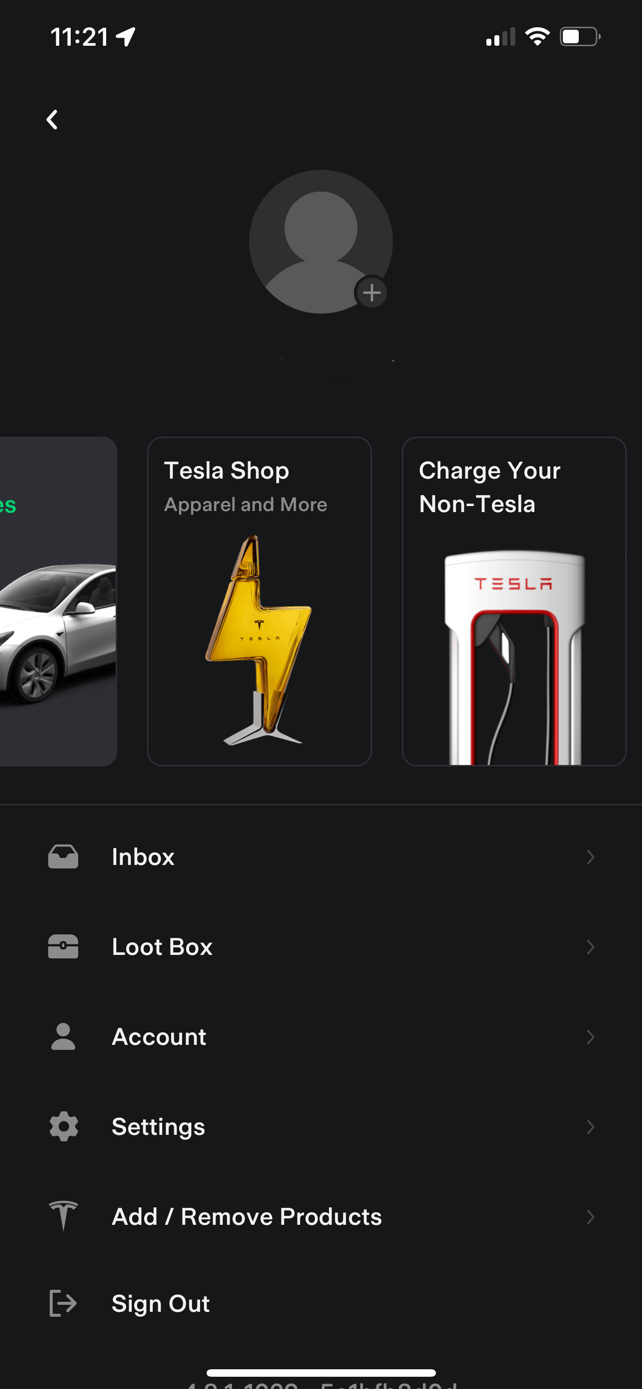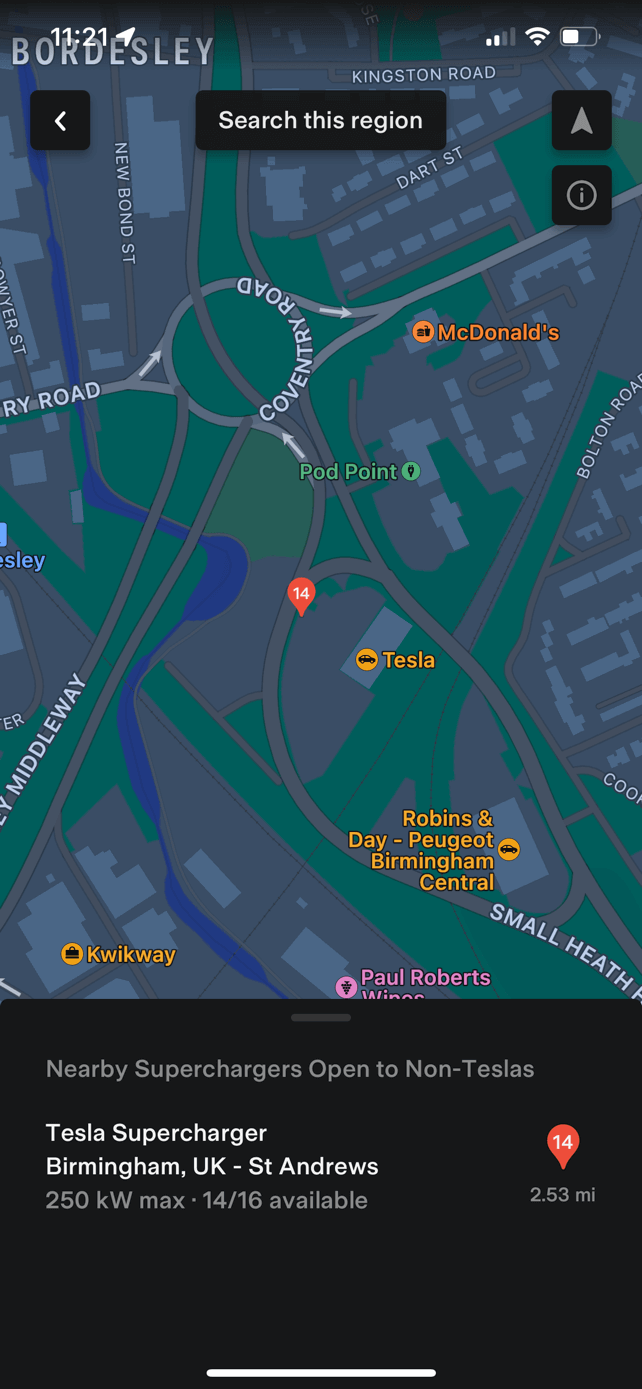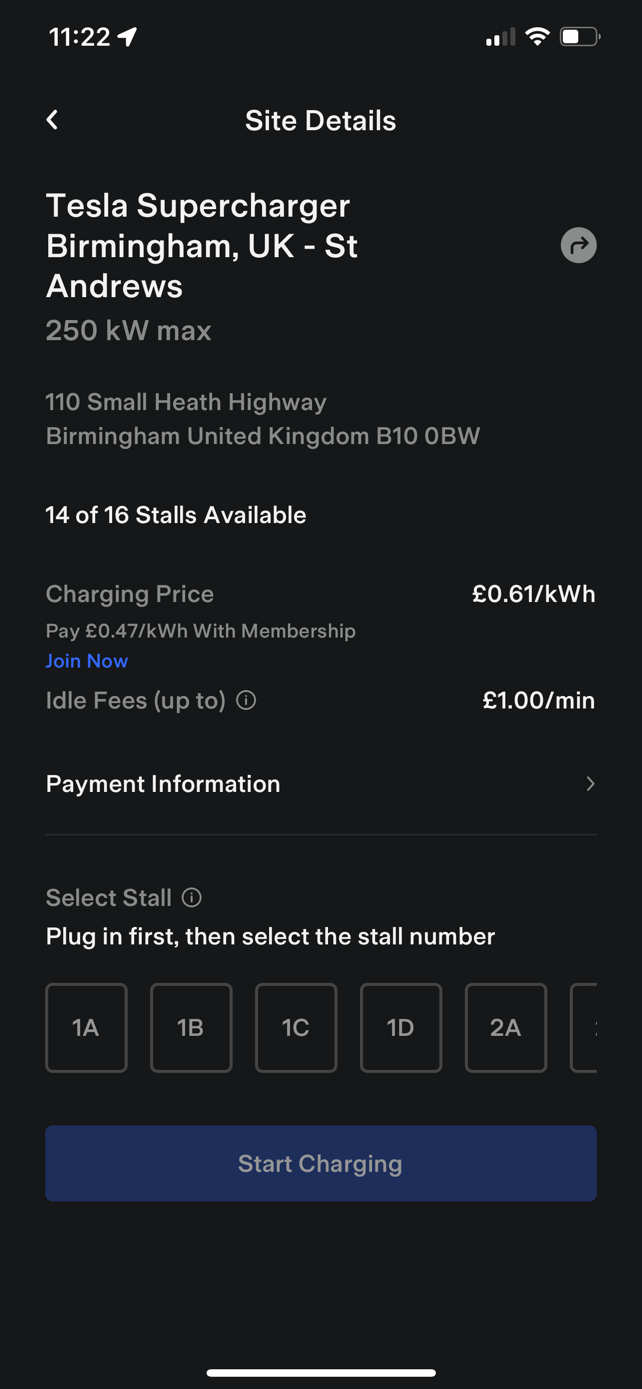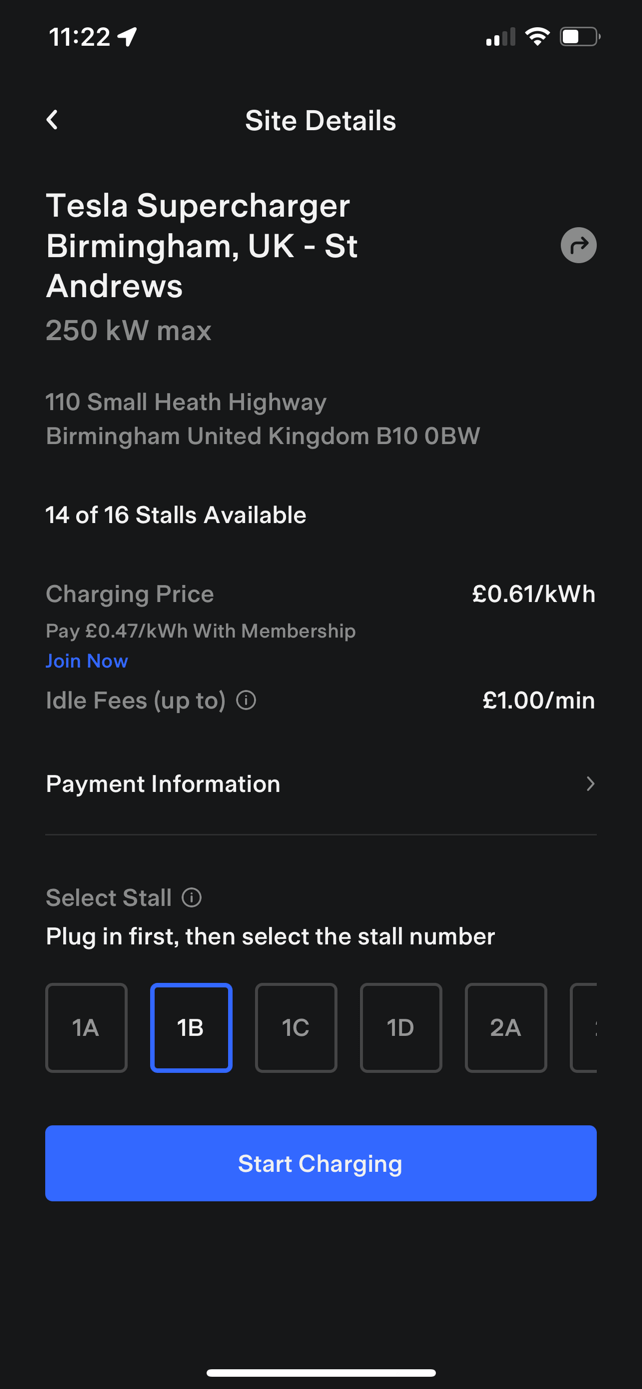Non-Tesla Supercharging Guide
Last updated 29-May-2022
Tesla is opening up its supercharger network to other makes of EV in Europe. Electric cars using the CCS standard from BMW, VW, Audi, Mercedes or the far east companies such as Kia and Hyundai, to name but a few, can now all have access to certain superchargers. Lots of questions have been asked on how to charge a non-Tesla and we attempt to answer them.
Where do I start?
Before you try and do anything, install the Tesla app on to your phone from the appropriate app store.
Set up an account following the instructions.
How do I use the app?
1: To find out which Tesla superchargers are available to you, open the Tesla app. You may need to scroll across the options to see the "Charge your non-tesla". This is the same for Tesla owners who wish to charge a different make of EV.

2: When you select the section of the app it will open into a map. From here you can search for Tesla superchargers that are available to you. When you find one, the number tells you how many bays are currently free. There will also be a list at the bottom of the page with the nearest to you first. If you move around the map you may need to do a "search this region".

3: When you select the location, more information will be displayed about the site including the cost, the total number of bays, the address and a list of stalls.

4: Once you're at the site, plugged in, make a note of the bay number written on the stall and select that in the app. This is fairly similar to a lot of charging apps. Once complete, stop the charge and unplug.

So far 15 sites have been opened in the UK but this will of course change over time.
How do I pay?
After you have installed the Tesla app, as part of the registration process you will need to add a credit/debit card.
There are two rates, one for those who have signed up with a monthly subscription and a second, higher rate for those that only PAYG. The current subscription is £10.99 per month and you pay the same rate as charging a Tesla car, a saving of approx. 14p per kwh. For people doing one full charge per month, or more realistically 2 charges of approx. 45kwh per month, the monthly subscription will pay for itself. There is no other benefit to the subscription other than reduced rates.
How fast are they?
Tesla have 2 versions of the superchargers, called V2 and V3. The V2 chargers max out at about 150kw and the V3 at 250kw. The easiest way to tell the difference is the V2 superchargers have 2 cables, whereas the V3 only have 1. The app also tells you indirectly by the max charge rate.
It's worth nothing that Tesla superchargers have a max voltage of about 400V, so cars that achieve higher rates of charging due to being 800V capable will be limited to 400V. This will be more noticeable on some cars than others.
It is also worth noting that the charging speed is limited by a number of factors, and the actual speed is the lowest of all these limiting factors. Even Tesla cars rarely get the rated charging speed, or if they do it is for only a short period of time.
What's special about V2 Superchargers?
The V2 superchargers have 2 cables, one looks like a regular Type 2 cable and the other is a CCS cable. The Type 2 cable is a throwback to the early Model S and Model X and will not work at all, just ignore this cable. This is especially relevant on cars where there is a Type 2 port on one side of the car and a CCS port on the other, e.g. some VW group cars. Don't be fooled into thinking the Type 2 plug will work, and it probably won't even fit because Tesla have a slight adaption to the plug. This can seem frustrating as if it did work it would usually mean you did not to need 2 bays to charge.
The V2 superchargers are also paired and share a supply, usually around 150kw for the pair. As a result, if both tombstones in the pair are in use, the charge rate will be half what you might expect, e.g., a maximum of around 70kw is typical. This is normal.
A top tip, if you have free choice, and your charge port is such that you will have to block one charging bay to get access to the adjoining tombstone, try and do this as a pair i.e. park in bay 3B and plug in 3A. This will result in the maximum speed for your charge and you'll be out of there the quickest and so the time blocking 2 bays will be the minimum.
How to park?
If you need to park in a different bay to the tombstone you want to use, try and park at the end in a normal parking space, typically the far right of a run of superchargers as this will leave the others free. This will not always be possible.
Some sites have bump stops so when Tesla owners reverse the car will reach the bump stop on the tyres. This may pose an additional challenge although it appears Tesla are currently removing these to make parking easier. You may need to park very close to the tombstone for the cable to reach.
Do not park sideways on, blocking up to 3 superchargers. This is going to result in some annoyed owners. In practice, at 3am, at an otherwise empty location it's unlikely to be an issue, but Tesla owners will still get annoyed if they see you and probably post pictures in a name and shame campaign! We'd suggest not leaving the car if you do try it.
Why do Tesla owners use alternate bays?
You may find Tesla owners fill up using alternate bays when they can, rather than just pick any bay they want. This is not because they are an antisocial bunch, or because they are worried about someone dinging their car door, it is because the V2 chargers share a charging capacity between 2 bays, and when both are in use the maximum charge rate is reduced for both. While this has changed with V3 chargers, old habits die hard, and some still do this.
They are not doing this to spite any EV that unfortunately needs two adjacent bays to charge, as even when a site is half full, it s possible that this situation will occur. It's also unlikely that any Tesla owner will want to move to make space for a car requiring adjacent bays as this will slow down their own charging time.
No real advice can be offered here other than an understanding of the situation and the reasons why Tesla drivers may do what they're doing. If the chargers are V3 chargers (indicated by being 250kw rated on the map or having only one cable per tombstone, you could ask nicely and suggest that performance on V3 chargers isn't compromised in the same way.
Advice on general etiquette
There has been a very mixed response from Tesla owners over the news. Some are fine with it, others are not. You may well encounter both. It's best to just be polite and appreciate that some of these owners paid a premium to fund the development of the network.
- If a site is very busy, and there are alternative chargers, it may be wise to use those, especially if you are likely to block 2 bays.
- Don't stay longer than you need, especially when sites are busy. This advice is the same for Tesla owners, and Tesla even reduce the max charge level automatically at busy sites to speed up the throughput. It's a general courtesy for all.
- Tesla charge overstay fees if you leave your car plugged in after it has finished charging. Again, this is the same for Tesla owners.
- You cannot tell if a Tesla is charging when it is locked. Even new Tesla owners often think a Tesla is not charging because the charge port normally flashes when charging. It stops flashing a short while after the car has been locked. Don't get involved in debates about whether somebody is charging or needs to charge, it rarely ends well.
Enjoy the extra charging capacity now available. Respectful use of the superchargers is the most likely route to getting more of them opened up for use.